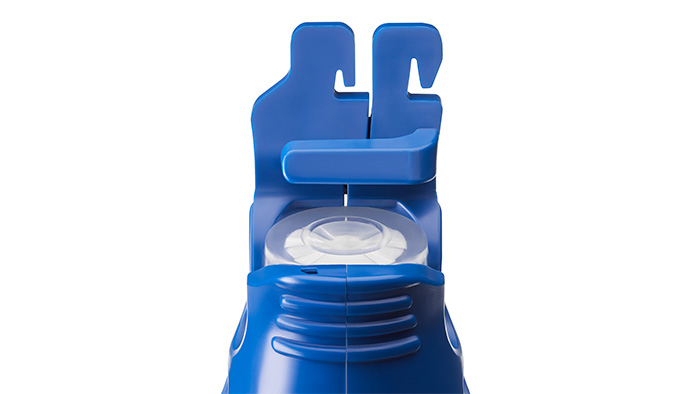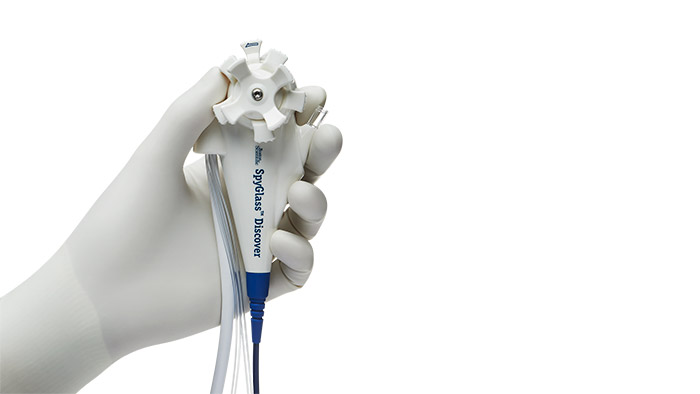The importance of luminal access

Luminal access to the biliary and pancreatic ducts remains a cornerstone to the success of ERCP procedures. Without the ability to reach the relevant target, it becomes difficult to diagnose and/or perform therapeutic maneuvers.
Thus, overcoming challenges in ductal access may contribute to improving ERCP outcomes.
Challenges to luminal access and risk of complications remain a part of HPB endoscopy
The hepato-pancreato-biliary (HPB) system is characterized by multiple ducts, branching out in close proximity of one another.
Despite 5 decades of improved duodenoscopes and accessories, deep cannulation of the desired duct in a native papilla remains the most challenging step to successful completion of the ERCP procedure.¹
How to best achieve a safe and effective bile duct cannulation during ERCP has always been, and still is, a much-debated issue. Both technical and patient-related aspects of cannulation and cannulation difficulties have previously been investigated.²
Surgically altered HPB anatomy may also introduce additional challenges to successful cannulation.3 These challenges can result in repeat procedures, delayed therapy, and increased costs.4 To overcome them, thoughtful and innovative solutions are needed.
Luminal access-related ERCP complications are well-documented5,6
3,5%-9,7% Post-ERCP pancreatitis⁵
rising to 14,7% in high-risk patients
1,5% ERCP-related perforation⁶
1,3% Bleeding⁵
29% of these cases are severe
1,4% Infection⁵
(including cholangitis and cholecystitis)
A holistic approach to the HPB (hepato-pancreato-biliary) pathway
Explore the Boston Scientific innovations that facilitate smooth access




















